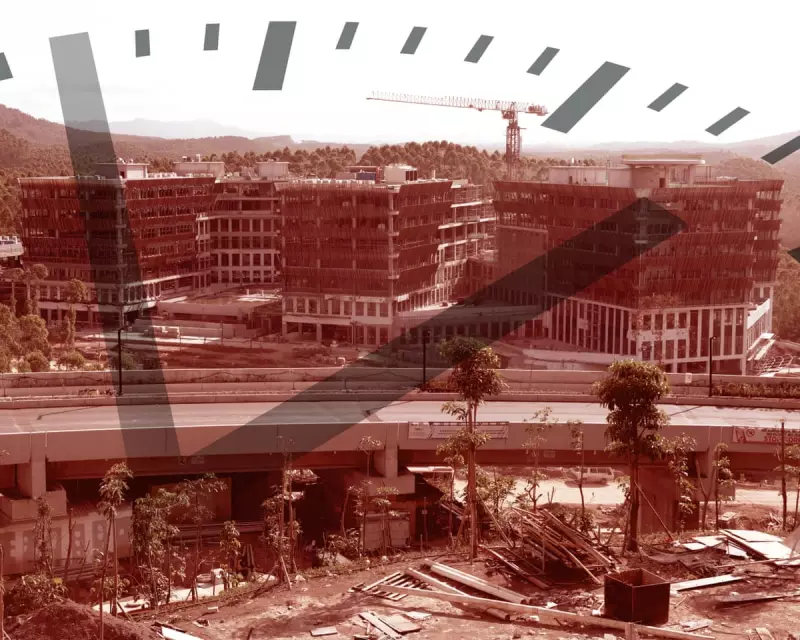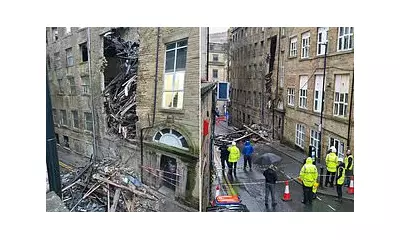
In an unprecedented urban experiment, Indonesia is forging ahead with one of the most ambitious capital relocation projects in modern history. The nation is constructing Nusantara, a brand-new political capital rising from the jungles of Borneo, designed to replace Jakarta as the country's administrative heart.
Why Abandon Jakarta?
Jakarta's days as Indonesia's capital are numbered due to a perfect storm of urban crises. The megacity is literally sinking, with some areas subsiding at an alarming rate of up to 25cm annually. Combined with severe traffic gridlock that costs the economy billions and critical air pollution levels, the move has become an environmental and economic necessity rather than mere ambition.
The Nusantara Vision
This £28 billion megaproject promises a radical departure from Jakarta's urban woes. The new capital is being designed as a sustainable, forest-city prototype where green spaces will comprise 75% of the urban area. The masterplan envisions a city powered entirely by renewable energy, with smart urban planning that prioritises walking, cycling, and public transport over private vehicles.
The Race Against Time
The development timeline is remarkably aggressive. The initial phase focuses on essential government infrastructure, with President Joko Widodo targeting completion of key buildings by August 2025. The ultimate goal is to transform Nusantara into a fully-functional capital hosting 1.5-1.9 million residents by 2045, coinciding with Indonesia's centennial independence celebrations.
Geographical and Symbolic Significance
Strategically located in East Kalimantan on Borneo, Nusantara's placement is deeply symbolic. The island represents Indonesia's geographical centre, moving the seat of power away from Java's dominance toward a more equitable distribution of development across the archipelago. The name "Nusantara" itself, meaning "archipelago" in Javanese, reinforces this unifying vision.
This monumental undertaking represents not just a change of address for government offices, but a fundamental reimagining of what a sustainable Southeast Asian capital can achieve in the 21st century.





